It is not a secret to anyone in our readership or the Head-Fi community that I am not a fan of ANC. It is hard not to raise an eyebrow when press releases promising “state-of-the-art” noise canceling cross my desk. Has the technology improved a lot in recent years? Absolutely. So why all of the consternation on my part?
The issue is that noise cancelling headphones don’t cancel all noises equally and some are much more likely to bleed through than others. Low droning noises are the easiest to get rid of for a couple of reasons; they are predictable, simple, and constant.
Once a headphone processes the sound, it can use the same cancellation message without need for any additional tweaking. Secondly, the more closely the cancellation wave overlaps the original signal, the more completely it is removed from what we hear.
This means that low frequency signals are easier to remove as the processing time makes it impossible to overlap 100% but with low frequency waves it may well be able to overlap 90% and thus remove the bulk of the noise.
With higher frequency waves that processing time is much more critical and the overlap is much less complete, meaning those sounds tend to bleed through. If we examine the process of ANC in a headphone we begin to understand the challenges a bit better.
A microphone on the outside of headphone picks up a sound, and a micro-computer inverts that signal and adds it to the signal being sent to the driver.
In a perfect world the original sound and the inverted sound would 100% overlap and produce complete cancellation, but that would require the electronic conversion of the original signal to happen at exactly the same time and that’s not possible yet.
In the real world, processing takes milliseconds to occur; for the sake of easy math let’s accept that it takes 1 millisecond for your headphone to process the sound. The original wave and the inverted one are 1 millisecond apart as they reach your ear.
A 50Hz tone has a wavelength that takes 20 milliseconds to cycle so the result is 95% overlap between the original wave and the inverted resulting in nearly complete cancellation.
A tone at 2.5kHz has a wavelength that takes 0.4 milliseconds to cycle so the overlap is now greatly reduced and because of the delay in the cancellation, not only is the original signal not reduced significantly, other material is overlapped and may cause artifacts as the inverted wave cancels the wrong portion of the signal.
There are two potential solutions to the issue.
The first is move the microphone further away from the ear. Sound detected from a greater distance gives the system more time to process and inject the cancellation wave into the mix so wearing a halo of microphones a few feet from the ear would give better results.
We all know that consumers would never consider this so we have to look at something far more practical.
The other option is to speed up the processing. If a signal could be processed in one-tenth of the current average time, ANC’s effectiveness would extend to most of the primary audible range (20Hz – 9kHz).
The current problem is that semiconductors are not likely to become cheaper, smaller, and fast enough right now to make that a viable option for manufacturers.
This is an old problem and one computer engineers have been designing around since the late 1970s. Their answer? Rather than wait for the input — predict it.
Most computer processors use some form of predictive analysis and speculative execution. In human language, that means make an educated guess what an operator will want next based on what they have done, and start doing that task before the operator asks.
It is a digital form of priming the pump and allows tasks to take less time than would be possible if each task wasn’t started until requested.
This is where ANC will likely go next and we will probably see it on USB attached headphones to a smartphone before we see it move to wireless.
Why do I say this?
Because the smartphone provides the horsepower and memory to scan a room or area and analyze the noises it hears. It can then formulate the best algorithm for that environment (guessing what is coming next) and send that to the headphone via USB without taking up the bandwidth needed for audio.
Once that algorithm is loaded in the headphone, cancellation waves can be generated without first having to analyze the incoming signals. The process on the headphone is now react rather than read/analyze/react as it is today and this reduction in overhead translates to better performing ANC.
What has to evolve for this to become a reality is the ability of a smartphone to read a room and predict what noises are likely to occur. It will never be perfect as it is a best guess and a sudden dramatic change in the direction and types of noise will cause breakthrough noise arriving at the ear.
One answer is to have an active monitoring session running on the phone so the ANC adapts as the environment changes. The upside is ANC constantly adapts to environmental changes; when you get off the train and walk through a crowded station and walk to your office.
The downside is that ANC takes a significant toll on your smartphone’s battery in the process.
The other option is to pre-load profiles or allow the user to store profiles and require the user to inform the headphone where it is being used. This might eliminate the constant monitoring and spare battery life, but it does require the user to update the setting as environments change.
My bet is that we will see the next generation of ANC technology later this year and that it will implement some of these changes. We are certainly getting closer but that will come at a cost and it will be interesting to see how it impacts the overall battery performance of your smartphone.
Related reading: The Best Wireless Noise Cancelling Headphones
Some clever ads from JBL.



















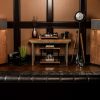
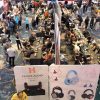








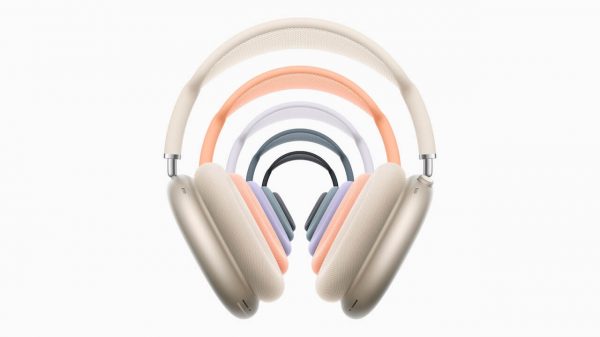
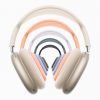

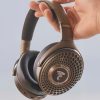

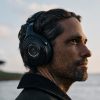
















ORT
June 27, 2023 at 3:05 pm
As it must be connected to a substantial power source perhaps it could best built in to a desktop DAC/AMP setup. This would do away with power concerns as well as give a boost to the sale of traditional (read: Non-BlooToof) ‘phones.
I have no problem being tethered to quality and the added benefit of a very powerful and more adaptive ANC looks to be a winning combination.
So many people have become used to having wireless headpones with excellent run times from their onboard battery. Cell phones do not last nearly as long as ‘phones do and attaching a “DC Lamprey” to them is not going to sit well with even the nerdiest among them.
Many traditional headphone enthusiasts scorn the use of ANC for “serious listening” but once they experience it via hardwired ‘phones being fed from DAC/AMP w/ANC that attitude could change.
And it is fact that anyone or anything can change. What is needed is change for the better.
ORT